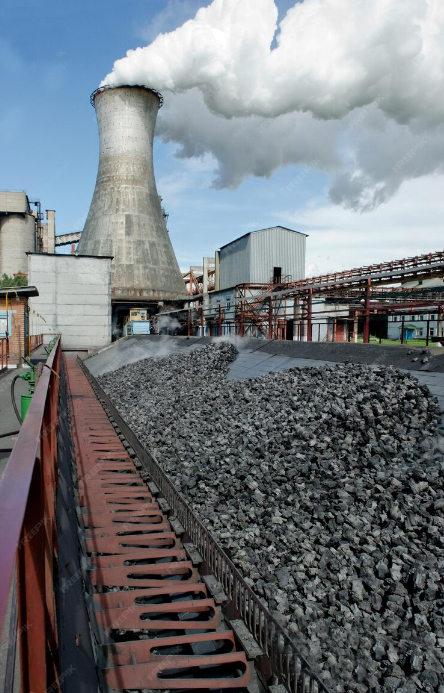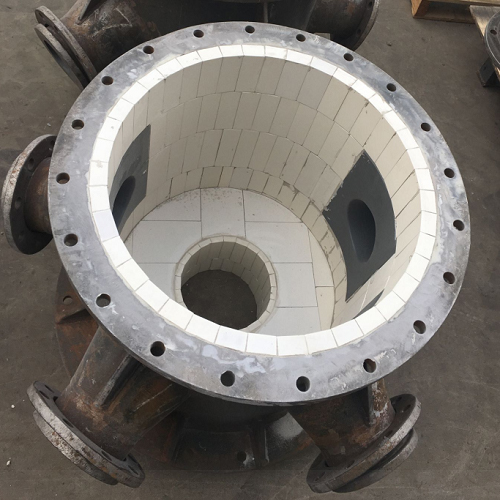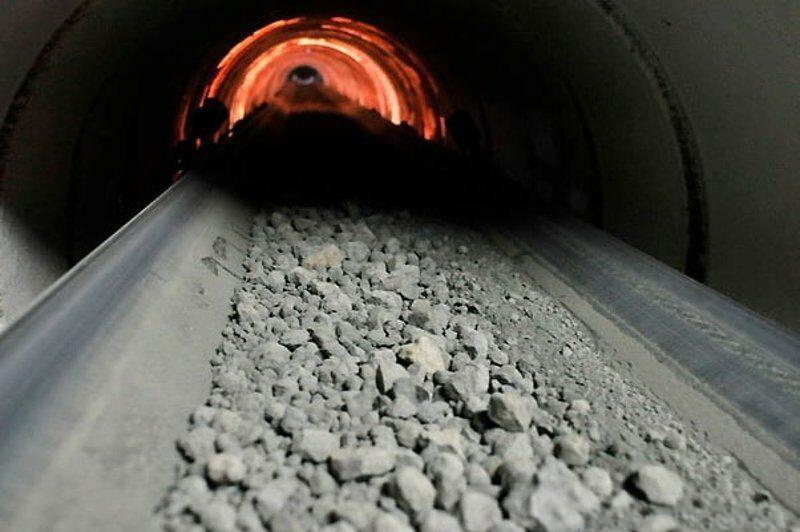Special PVDF solution for process water plant
One challenge here was posed by a special part with an OD of 400mm that AGRU produced in this size for the first time from an HV liner. Plastics engineering firm PlastoTec covered this component in a glass-fibre material for full pressure resistance.
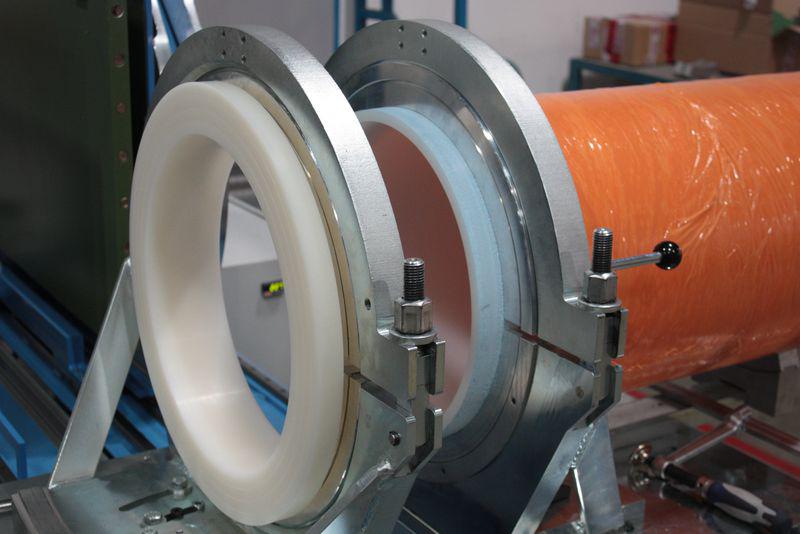
Given its good thermal and chemical resistance, PVDF plastic is used as lining for pipes and system parts. As it can be made very pure, it can be used in processes such as chip production for pipe systems for conveying very pure media like ultrapure water. AGRU supplies both solid pipes and HV liner pipes for glass-fibre sheathing in PVDF. It is therefore possible to reliably supply customers who have applications involving extremely high chemical loads or very stringent purity requirements and yet have higher operating pressures.
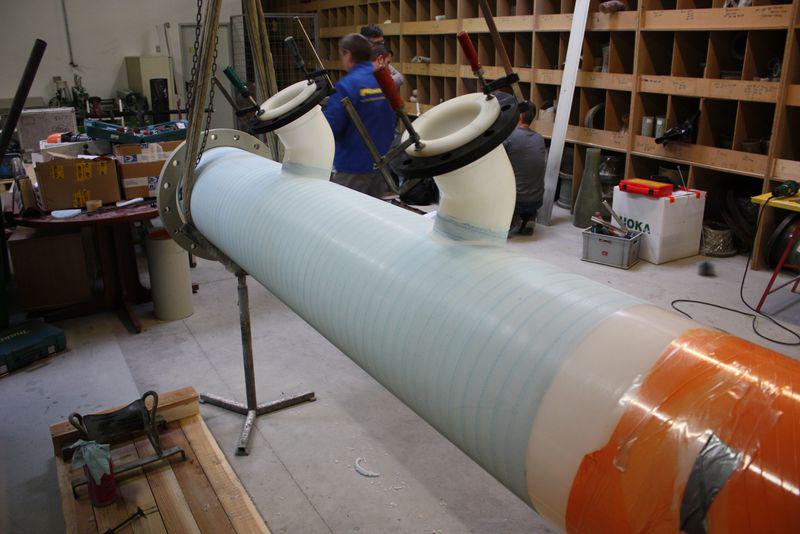
Pure process water conveyed
A Hungarian industrial company's existing steel pipeline for process water had to be replaced, as the current steel pipe was unable to deliver the required level of purity due to leaching behaviour and the presence of metallic ions. PVDF, a high-performance plastic, was chosen as the replacement material. It has excellent chemical and leaching resistance compared to metallic materials. As this was a very complex process water plant, AGRU supplied several hundred metres of PVDF piping with SDRs of 21 and 33, and several hundred bends, stub flanges and tees made entirely from PVDF via its sales partners AURO Austria and AURO Hungaria. A PVDF semi-finished sheet with a thickness of 100mm was used to manufacture the stub flanges, which were machined using AGRU's in-house milling machine. However, the main challenge this project posed lay in making a special part, the "header". This consists of a central manifold with an OD of 400mm and several branches.
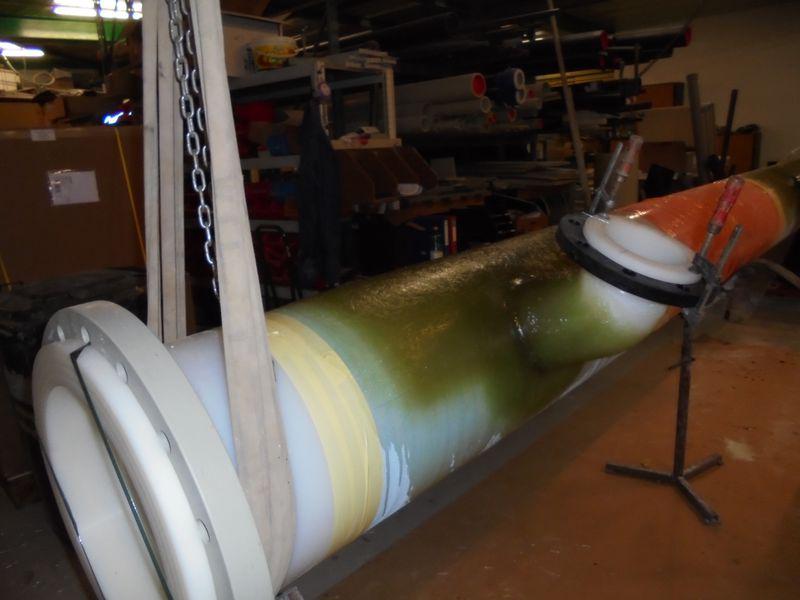
Fully pressure resistant despite wire welding
To make the header, the branches had to be welded onto the 400mm thick PVDF pipe using a hot-gas wire welding process. To prevent the manifold from losing any pressure, the engineers at AGRU opted for a solution that involved an HV liner pipe with glass-fibre sheathing. AGRU's HV liner pipe consists of thin-walled PVDF and is equipped with a rough, three-dimensional PVDF surface at the factory. This special surface texture will ensure that the laminated glass-fibre material adheres to it permanently and securely. This design also offers other benefits: The economical glass-fibre material guarantees the necessary pressure resistance, while the HV liner pipe, which is only a few millimetres thick, reduces material costs and ensures chemical resistance and media purity.
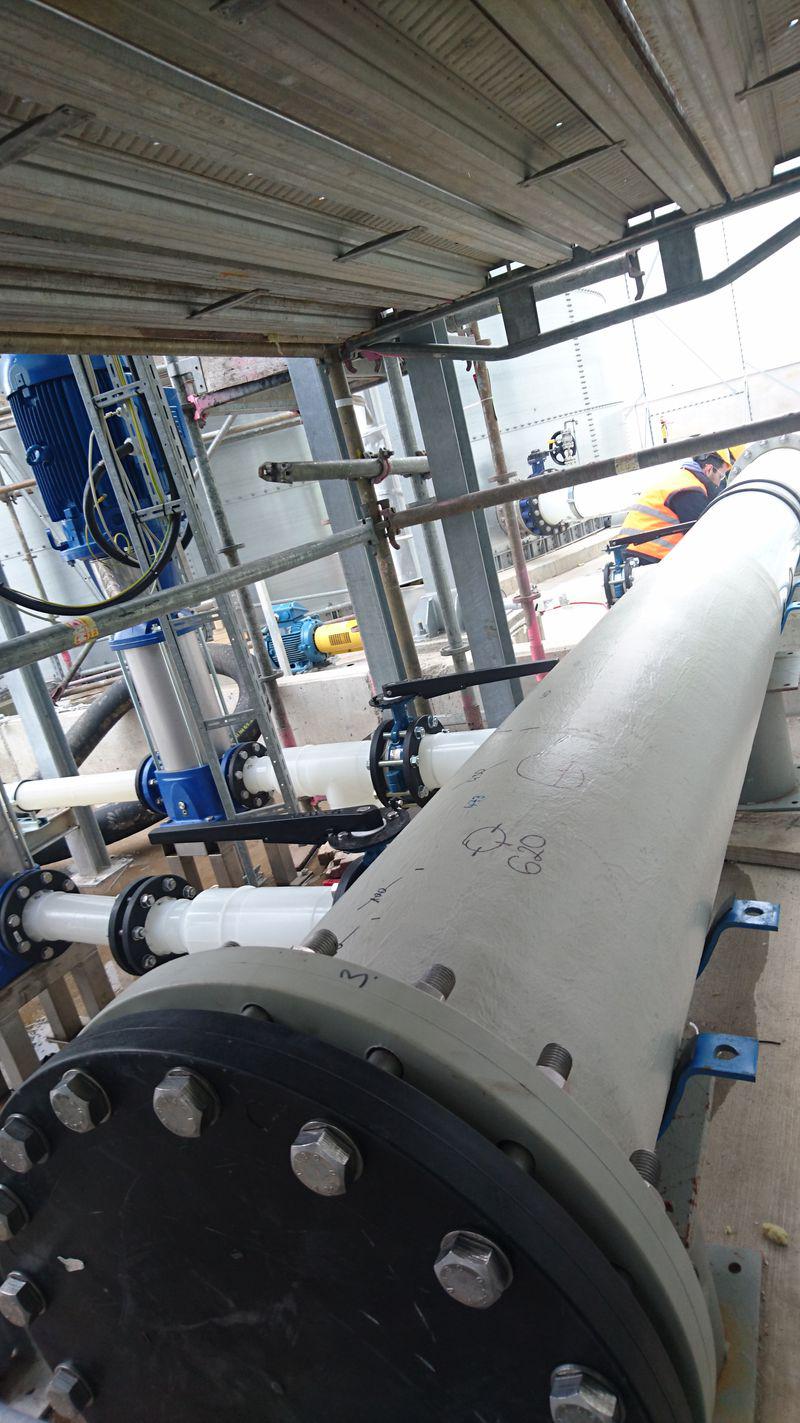
Fluoroplastic with glass-fibre reinforcement
Once AGRU Kunststofftechnik, which is headquartered in Bad Hall, Austria, had welded the stub flanges onto the manifold, this was sent to Austrian plastics engineering firm PlastoTec. The experts at PlastoTec have been combining the excellent chemical resistance of thermoplastics and fluoroplastics with the mechanical strength of glass-fibre plastics since 1952. Once the branches had been successfully mounted using hot-gas wire welding, the supporting glass-fibre laminate coating was applied to the HV-liner pipe, which was then given a layer of paint.
The sheathing of the header guaranteed consistent pressure resistance throughout the piping, and the building of the pipeline in Hungary could be initiated. The customer was particularly pleased by the quick and punctual installation, and was able to put the process water plant into operation according to schedule.
